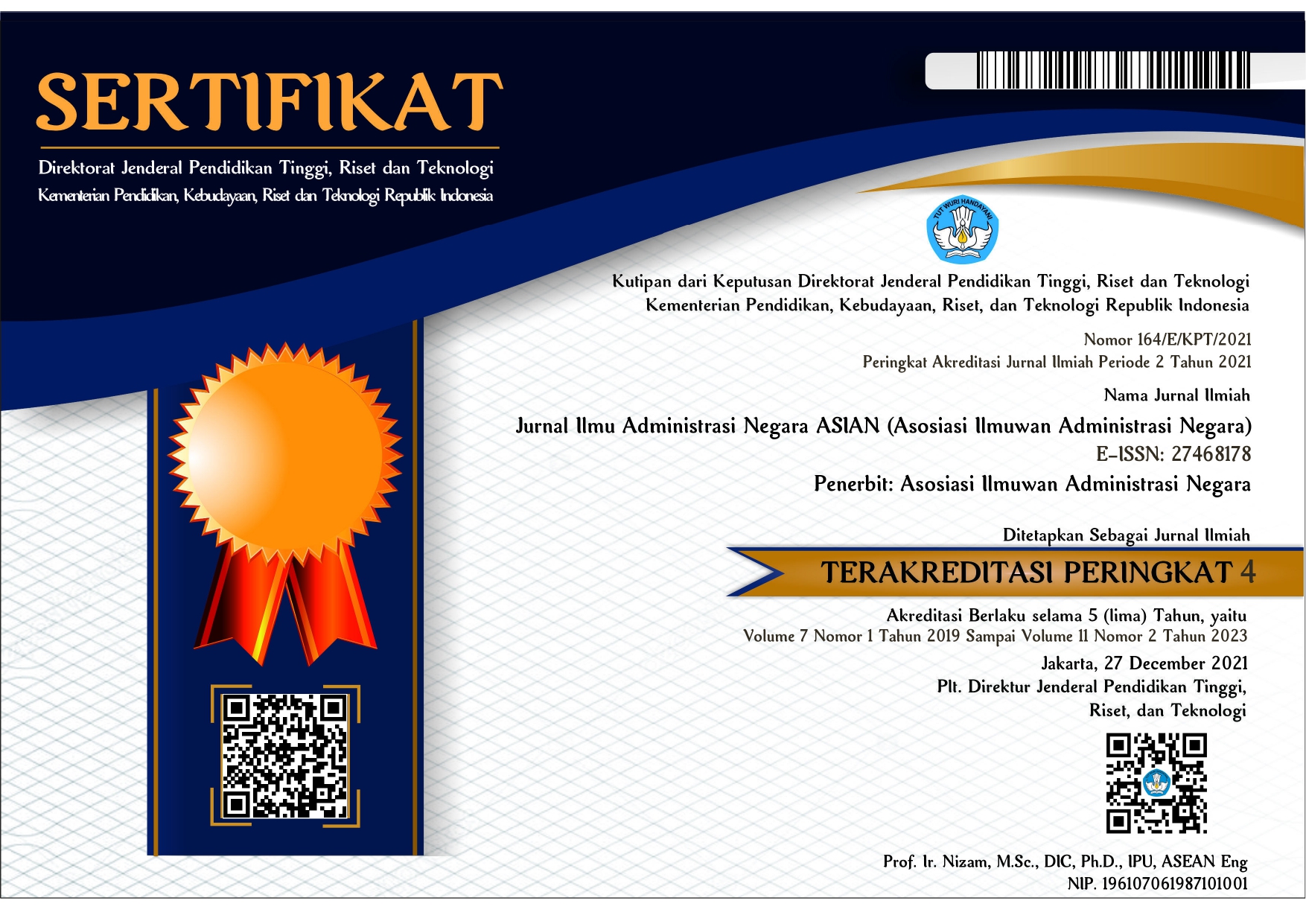Manajemen Pengolahan Sampah Terpadu dalam Meningkatkan Pendapatan Masyarakat di Kecamatan Tampan Kota Pekanbaru
 Abstract views: 1199
,
Abstract views: 1199
,
 PDF downloads: 9942
PDF downloads: 9942
Abstract
Pekanbaru City as a metropolitan city that continues to increase the population of the population, thus causing an increase in the amount of waste generated every day. This certainly requires the City Government of Pekanbaru especially Tampan district which has a very large area and a very large population in order to be able to manage the existing waste in this area. But in reality, this has not been done optimally. Sudjana (2004: 17) defines that management or management is the ability and special skills to do something good activities with others or through others in achieving organizational goals. This research aims to know and analyze the management of integrated waste processing, the inhibiting factor, and the integrated waste management in improving the right people economy in Kecamatan Tampan Pekanbaru City. The method of analysis used in this study is qualitative and quantitative. The result of this research is that integrated garbage management in improving people's economy in Kecamatan Tampan Pekanbaru has not been implemented maximally. This is due to factors of sources and types of waste, behavioral factors of society (social and cultural), institutional factors and facilities and infrastructure. So it is a very necessary application of integrated waste processing management in improving the society's economy in Tampan district of Pekanbaru city through the application of Community-based Processing.
Downloads
Authors who publish with this journal agree to the following terms:
1. Copyright on any article is retained by the author(s).
2. The author grants the journal, right of first publication with the work simultaneously licensed under a Creative Commons Attribution License that allows others to share the work with an acknowledgment of the work’s authorship and initial publication in this journal.
3. Authors are able to enter into separate, additional contractual arrangements for the non-exclusive distribution of the journal’s published version of the work (e.g., post it to an institutional repository or publish it in a book), with an acknowledgment of its initial publication in this journal.
4. Authors are permitted and encouraged to post their work online (e.g., in institutional repositories or on their website) prior to and during the submission process, as it can lead to productive exchanges, as well as earlier and greater citation of published work.
5. The article and any associated published material is distributed under the Creative Commons Attribution-ShareAlike 4.0 International License









